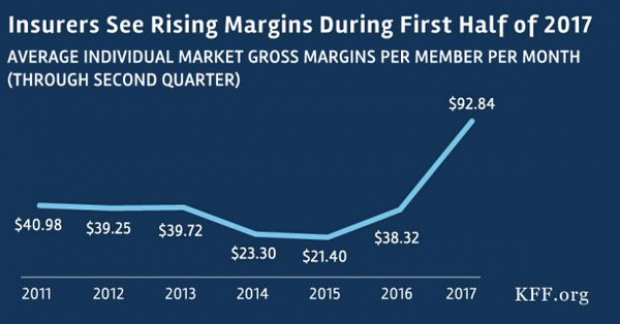Want to Boost the Value of Your House? Get High-Speed Internet

Having trouble selling your house? A slow Internet connection may be to blame.
Recently, The Wall Street Journal reported that “the availability of speedy Internet service is starting to affect Americans’ biggest purchase: their homes.”
In a study released earlier this week, researchers at the University of Colorado and Carnegie Mellon found that fiber-optic connections can add $5,437 to the price of a $175,000 home. A 2014 study by the University of Wisconsin at Whitewater showed similar results. It found that high-speed access could add $11,815 to the value of a $439,000 vacation house in Door County, Wisconsin.
Related: FCC Change Means Millions No Longer Have Broadband Internet
Some real estate agents are going so far as to tout high-speed Internet service in listings, along with the number of bathrooms and other desirable features.
For most Americans, adding a high-speed Internet line is relatively cheap and easy. And it sure beats renovating the kitchen.
Budget ‘Chaos’ Threatens Army Reset: Retired General
One thing is standing in the way of a major ongoing effort to reset the U.S. Army, writes Carter Ham, a retired four-star general who’s now president and CEO of the Association of the U.S. Army, at Defense One. “The problem is the Washington, D.C., budget quagmire.”
The issue is more than just a matter of funding levels. “What hurts more is the erratic, unreliable and downright harmful federal budget process,” which has forced the Army to plan based on stopgap “continuing resolutions” instead of approved budgets for nine straight fiscal years. “A slowdown in combat-related training, production delays in new weapons, and a postponement of increases in Army troop levels are among the immediate impacts of operating under this ill-named continuing resolution. It’s not continuous and it certainly doesn’t display resolve.”
Pentagon Pushes for Faster F-35 Cost Cuts

The Pentagon has taken over cost-cutting efforts for the F-35 program, which has been plagued by years of cost overruns, production delays and technical problems. The Defense Department rejected a cost-saving plan proposed by contractors including principal manufacturer Lockheed Martin as being too slow to produce substantial savings. Instead, it gave Lockheed a $60 million contract “to pursue further efficiency measures, with more oversight of how the money was spent,” The Wall Street Journal’s Doug Cameron reports. F-35 program leaders “say they want more of the cost-saving effort directed at smaller suppliers that haven’t been pressured enough.” The Pentagon plans to cut the price of the F-35A model used by the Air Force from a recent $94.6 million each to around $80 million by 2020. Overall, the price of developing the F-35 has climbed above $400 billion, with the total program cost now projected at $1.53 trillion. (Wall Street Journal, CNBC)
Chart of the Day - October 6, 2017
Financial performance for insurers in the individual Obamacare markets is improving, driven by higher premiums and slower growth in claims. This suggests that the market is stabilizing. (Kaiser Family Foundation)
Quote of the Day - October 5, 2017
"The train's left the station, and if you're a budget hawk, you were left at the station." -- Rep. Mark Sanford, R-S.C.


